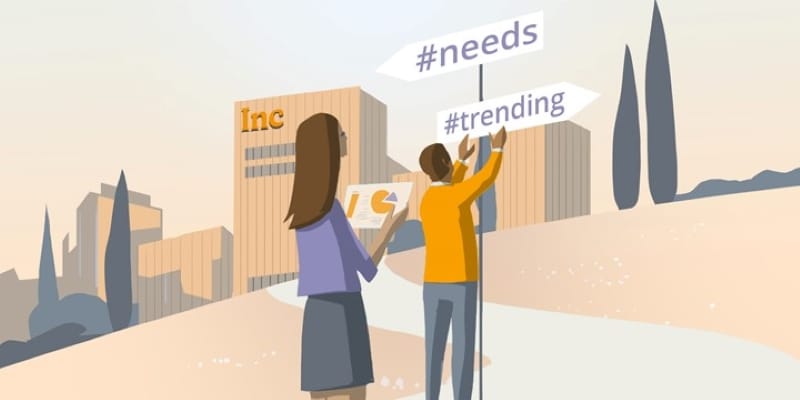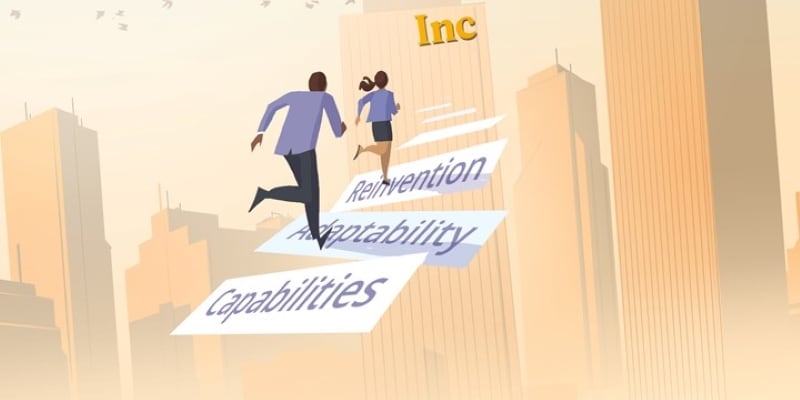Article

Global Human Capital Trends 2023
Unleash your workforce potential
The boundaries that were once assumed to be the natural order of things are falling away as disruption and discontinuity challenge traditional models and assumptions about work. Organizations and workers must traverse this new landscape together, calling on a new set of fundamentals to navigate the boundaryless world.
Deloitte’s 2023 Global Human Capital Trends survey polled 10,000 business and HR leaders across every industry, with 105 countries participating. The survey data is complemented by interviews with executives from some of today’s leading organizations. The insights shaped the trends in this report.

1. Work as Fashion
Employers are in constant motion as they chase worker sentiments, competitor actions, and marketplace dynamics.
The worker-employer relationship is reactive: Employers respond to workers’ preferences and competitors’ moves, without connecting those actions to a sustainable workforce strategy.
Signals that the future could be headed toward "Work as Fashion"
- Increased employer reliance on worker surveys and other listening tools.
- Increased employer activity in measuring themselves against competitor and industry benchmarks, and of adjusting practices to align to benchmarks.
- Continuous changing and rollout of worker programs and policies.
- Increased external marketing of worker incentives
- New levels of social activism from employers.

2. War Between Talent
Workers compete for limited jobs due to an oversupply of talent.
The worker-employer relationship is impersonal: Employers view workers as easily replaceable, and workers are more concerned with job competition than with the relationship quality with their employer.
Signals that the future could be headed toward "War Between Talent"
- Organisations put limited investment into developing their talent.
- The amount of gig and fractional work, including ghost work, is growing.
- Organisations’ AI and automation initiatives focus on using technology to replace workers.
- Organisations increase their use of offshoring.
- The proportion of people funding education out of their personal resources is increasing.

3. Work is Work
Workers and employers view organisational responsibility, and personal and social fulfilment as largely separate domains.
The worker-employer relationship is professional: Each depends on the other to fulfil work-related needs, but both expect that workers will find meaning and purpose largely outside of work.
Signals that the future could be headed toward "Work is Work"
- Workers are increasing their use of benefits that enable outside-of-work activities, such as sabbaticals and paid time-off.
- Workers are putting in less overtime and spending fewer hours at work.
- More employers are proactively communicating guardrails around what is and is not acceptable work behaviour.
- Governments are becoming more active in addressing citizen needs and enacting worker protections.
- Membership in non-profits and other social impact organisations is increasing.
- Worker participation declines in employer-sponsored nonwork-focused programs.

4. Purpose Unleashed
Purpose is the dominant force driving the relationship between workers and employers.
The worker-employer relationship is communal: Both workers and employers see shared purpose as the foundation of their relationship, viewing it as the most important tie that binds them together.
Signals that the future could be headed toward "Purpose Unleashed"
- Workers, customers, regulators, and interest groups are requesting or mandating new purpose-aligned measures from employers.
- Purpose is showing up in job descriptions, hiring practices, and performance metrics.
- Organisations are taking stances, internally and externally, on issues they otherwise may have stayed silent about in response to growing demands from workers and customers.
- Strengthening both purpose and business is a stated criterion for leadership positions and driving key executive promotion/succession decisions.
- Increased depth and transparency of reporting on purpose-driven outcomes.
Visit Deloitte Insights to access the report to help you maximise the worker-employer relationship in 2021 and beyond.


